Why Filters Need Uv Light ?
Filters need UV light because UV light has the ability to kill or inactivate microorganisms such as bacteria, viruses, and protozoa. UV light damages the DNA or RNA of these microorganisms, preventing them from reproducing and causing harm. Therefore, incorporating UV light into filters helps to ensure the safety and effectiveness of the filtration process by providing an additional layer of disinfection.
1、 UV Light and Water Filtration: Disinfection and Sterilization
UV light is an essential component in water filtration systems because it plays a crucial role in disinfection and sterilization. UV light, specifically in the UV-C range (wavelengths between 200 and 280 nanometers), has the ability to inactivate microorganisms such as bacteria, viruses, and protozoa by damaging their DNA or RNA.
When water passes through a UV filter, it is exposed to UV-C light, which penetrates the cell walls of microorganisms and disrupts their genetic material. This prevents them from reproducing and renders them unable to cause infections or diseases. UV light is particularly effective against chlorine-resistant pathogens like Cryptosporidium and Giardia, which are commonly found in untreated water sources.
Furthermore, UV light does not introduce any chemicals or byproducts into the water, making it a safe and environmentally friendly method of disinfection. Unlike other disinfection methods like chlorination, UV light does not alter the taste, odor, or color of the water. It also does not create harmful disinfection byproducts, which can be a concern with chemical disinfectants.
In recent years, there has been growing interest in the use of UV light for water filtration due to its effectiveness against emerging pathogens, including antibiotic-resistant bacteria and viruses. UV light has been shown to be highly efficient in inactivating these pathogens, providing an additional layer of protection against potential health risks.
In conclusion, UV light is an essential component of water filtration systems because it effectively disinfects and sterilizes water by inactivating microorganisms. Its ability to target a wide range of pathogens, including chlorine-resistant and emerging pathogens, makes it a valuable tool in ensuring the safety and quality of drinking water.
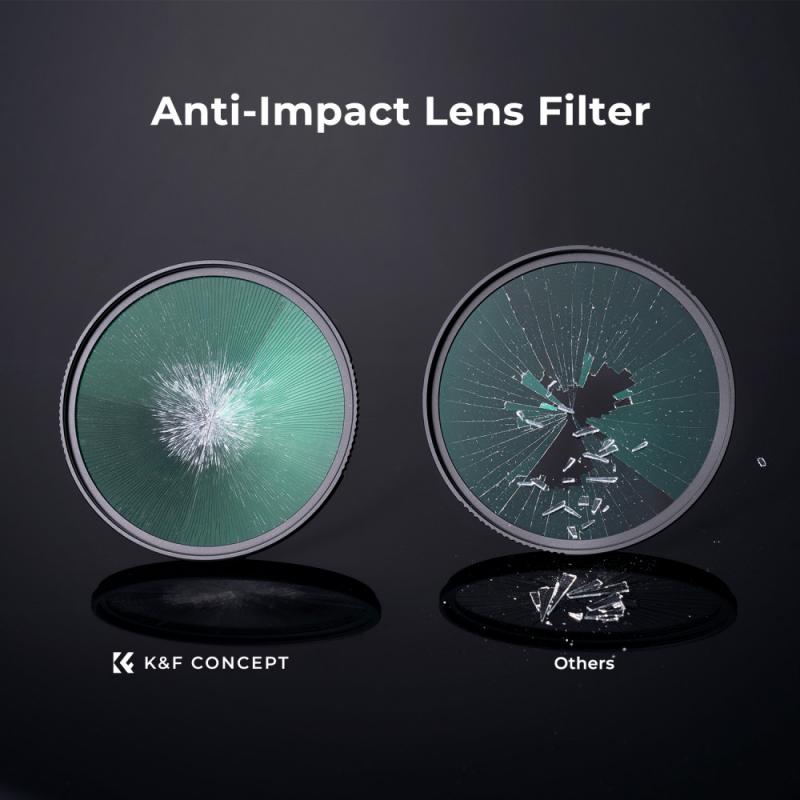
2、 UV Light and Air Filtration: Eliminating Microorganisms and Odors
UV light is an essential component in air filtration systems because it plays a crucial role in eliminating microorganisms and odors. UV light, specifically in the ultraviolet-C (UVC) range, has been proven to be highly effective in destroying bacteria, viruses, and other harmful microorganisms that may be present in the air.
When air passes through an air filtration system, it typically goes through a series of filters designed to capture and remove particles such as dust, pollen, and pet dander. While these filters are effective in trapping larger particles, they may not be able to eliminate smaller microorganisms that can cause health issues. This is where UV light comes into play.
UV light has the ability to disrupt the DNA and RNA of microorganisms, rendering them unable to reproduce and causing their death. By incorporating UV light into air filtration systems, these harmful microorganisms can be effectively neutralized, ensuring cleaner and healthier air.
Furthermore, UV light also helps in eliminating odors that may be present in the air. Many unpleasant odors are caused by volatile organic compounds (VOCs) released by bacteria, mold, and other organic matter. UV light can break down these compounds, neutralizing the odors and improving the overall air quality.
It is important to note that the effectiveness of UV light in air filtration systems depends on various factors, such as the intensity and duration of exposure to the light. Additionally, advancements in UV technology have led to the development of more efficient and energy-saving UV lamps, making them a viable option for air purification.
In conclusion, UV light is an essential component in air filtration systems as it helps eliminate microorganisms and odors. Its ability to destroy bacteria, viruses, and other harmful microorganisms makes it a valuable tool in ensuring cleaner and healthier air.
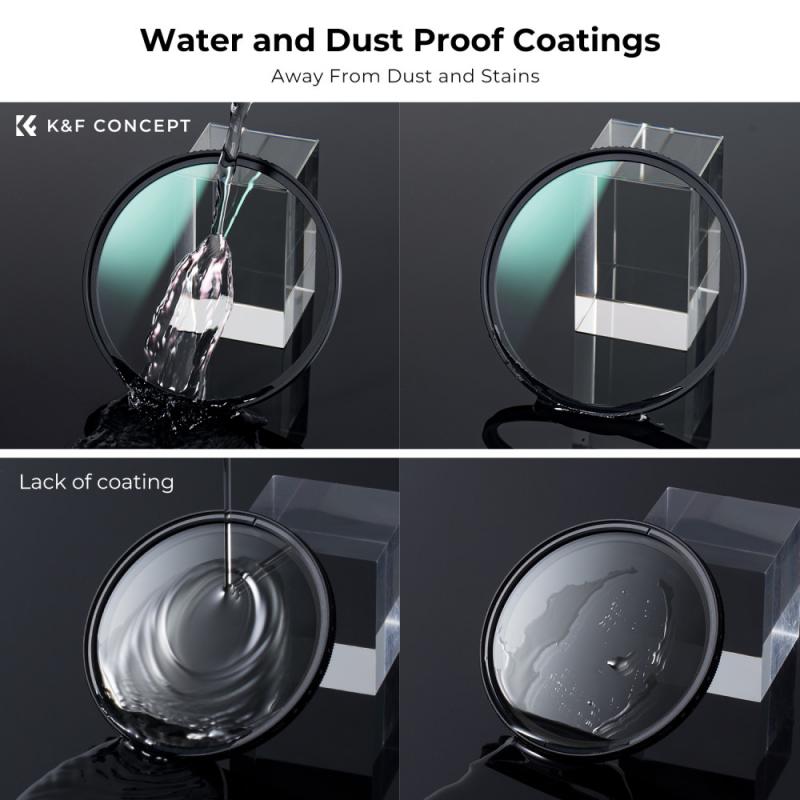
3、 UV Light and HVAC Filters: Improving Indoor Air Quality
UV light is an essential component in HVAC filters because it plays a crucial role in improving indoor air quality. UV light has been proven to effectively kill or deactivate microorganisms such as bacteria, viruses, and mold spores that can be present in the air. By incorporating UV light into HVAC filters, these harmful pathogens can be eliminated, resulting in cleaner and healthier indoor air.
One of the main reasons why filters need UV light is its ability to target and destroy microorganisms. UV light emits a specific wavelength that damages the DNA and RNA of these pathogens, rendering them unable to reproduce or cause harm. This is particularly important in environments where there is a high risk of airborne transmission of diseases, such as hospitals, schools, and offices.
Moreover, UV light can also prevent the growth of mold and mildew on the filters themselves. These fungi can thrive in the moist environment of HVAC systems and contribute to poor indoor air quality. By incorporating UV light into filters, the growth of mold and mildew can be inhibited, reducing the risk of respiratory issues and allergies.
Furthermore, the latest point of view suggests that UV light can also help in reducing volatile organic compounds (VOCs) in the air. VOCs are chemicals emitted from various sources such as cleaning products, paints, and furniture, and they can contribute to indoor air pollution. UV light has been found to break down these compounds, improving the overall air quality.
In conclusion, UV light is an essential component in HVAC filters as it effectively kills or deactivates microorganisms, prevents the growth of mold and mildew, and can even reduce VOCs. By incorporating UV light into filters, indoor air quality can be significantly improved, leading to a healthier and more comfortable environment.
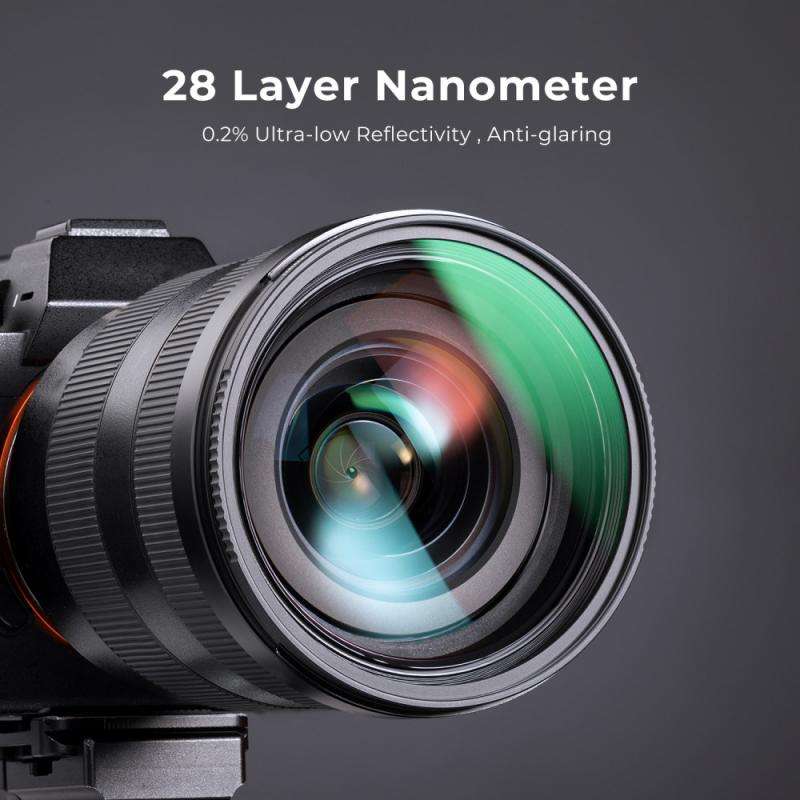
4、 UV Light and Pond Filters: Controlling Algae and Bacteria
UV light is an essential component of pond filters because it plays a crucial role in controlling algae and bacteria growth. UV light, specifically in the form of UV-C radiation, has the ability to disrupt the DNA of microorganisms, rendering them unable to reproduce and causing their eventual death. This process is known as UV sterilization.
Algae is a common problem in ponds, especially during the warmer months when sunlight and nutrients are abundant. Excessive algae growth can lead to water quality issues, such as decreased oxygen levels and imbalances in pH levels. By incorporating UV light into pond filters, the growth of algae can be effectively controlled. The UV sterilization process targets the algae cells, preventing them from multiplying and causing an overgrowth.
Similarly, bacteria can also pose a threat to the health of pond ecosystems. Harmful bacteria can cause diseases in fish and other aquatic organisms, leading to illness and even death. UV light helps to eliminate these harmful bacteria, reducing the risk of disease outbreaks and promoting a healthier pond environment.
It is important to note that while UV light is effective in controlling algae and bacteria, it is not a standalone solution. Proper pond maintenance, including regular cleaning and monitoring of water parameters, is still necessary to maintain a balanced and healthy ecosystem. Additionally, advancements in UV technology have led to the development of more efficient and energy-saving UV filters, making them a practical and environmentally-friendly choice for pond owners.
In conclusion, UV light is an integral part of pond filters as it provides an effective means of controlling algae and bacteria growth. By incorporating UV sterilization into pond filtration systems, pond owners can maintain a clean and healthy environment for their aquatic inhabitants.



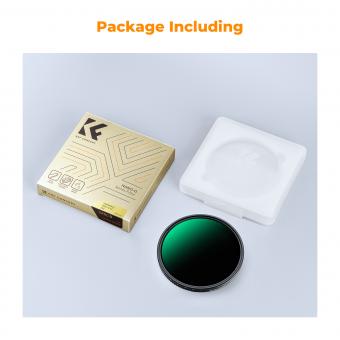
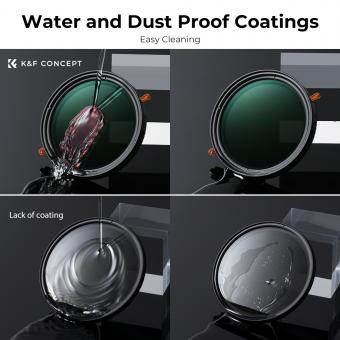


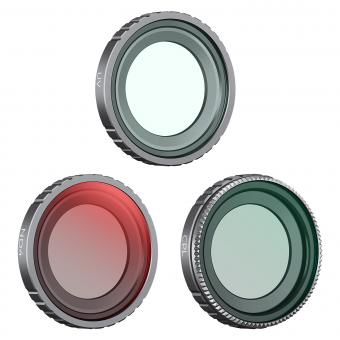



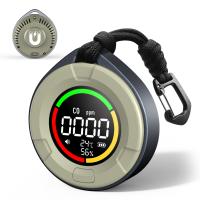



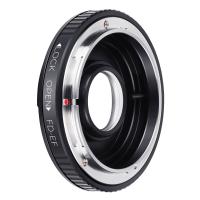

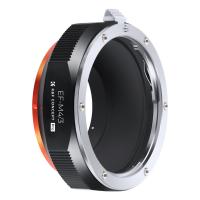
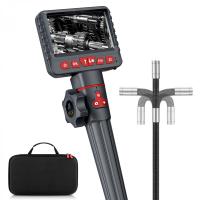
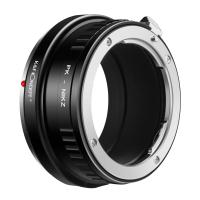
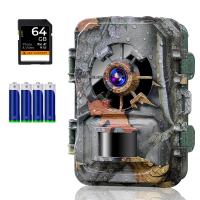

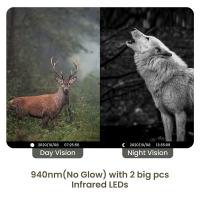


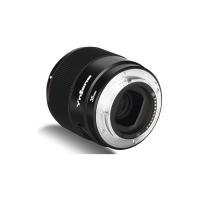
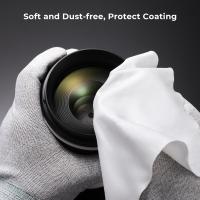
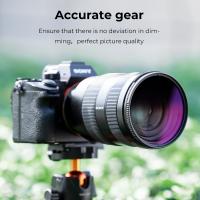

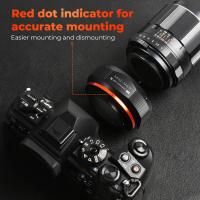

There are no comments for this blog.